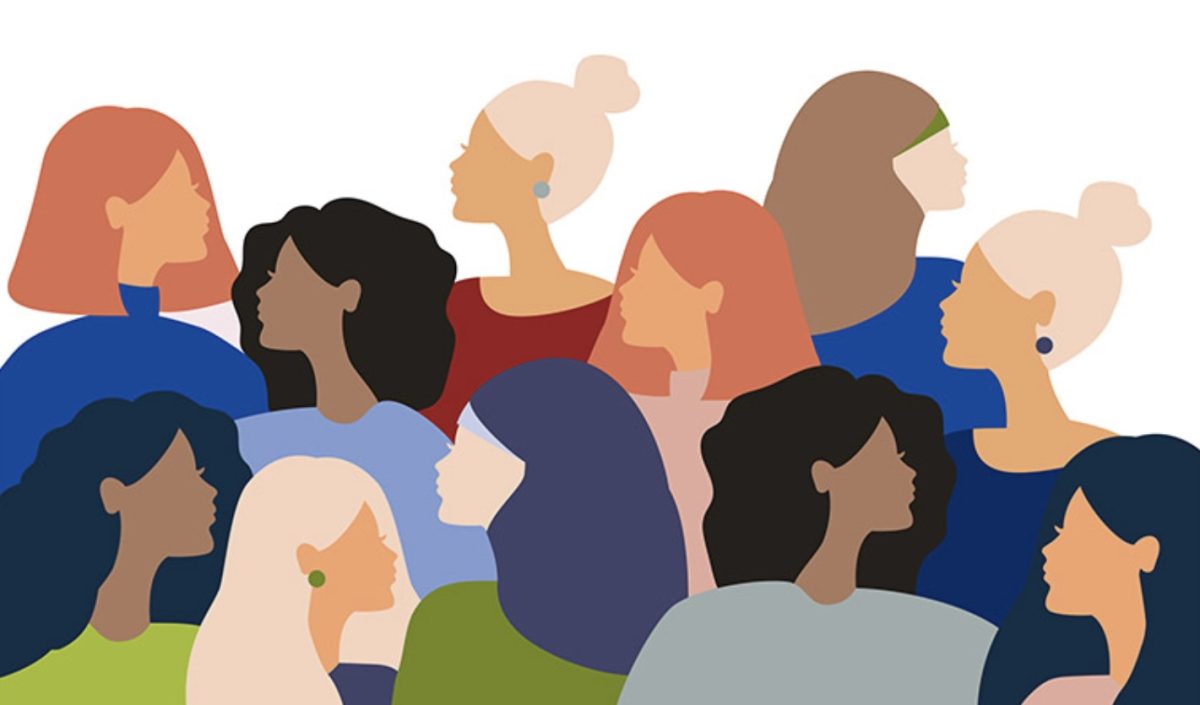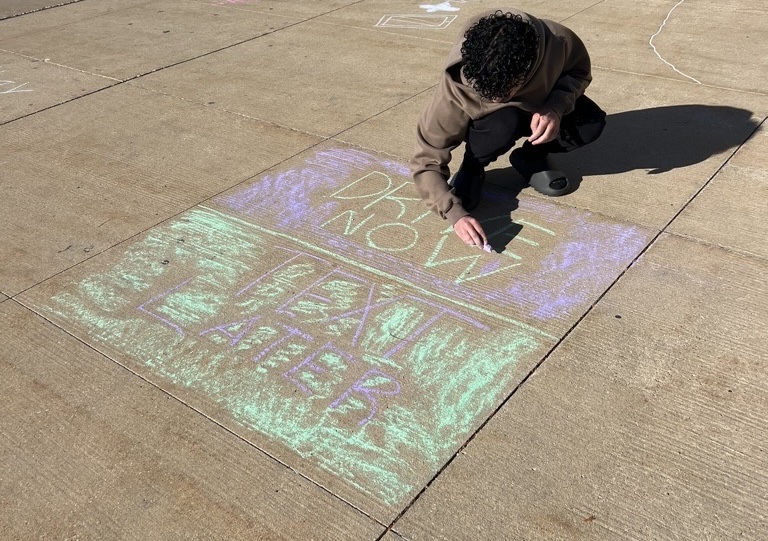Every year during the month of March since 1987, people around the world celebrate Women’s History Month to highlight the countless triumphs of women in American history. We honor the countless women who have fought courageously for justice and equality between genders and opportunities in our nation.
But how did Women’s History Month came to be? Actually, Women’s History Month started off as Women’s History Week. On March 1978 in Santa Rosa, California, educators celebrated for the first time Women’s History Week to increase recognition of women’s achievements and contributions to civilization. Organizers had chosen a week in the beginning of March to correlate with international Women’s Day. Through the years, other states in the country joined Santa Rosa in celebrating and honoring Women’s History Week.
Former President Jimmy Carter announced in 1980 that the week of March 8 as Women’s National Week, encouraging the citizens of United States to celebrate this week. Eventually in 1987, the week long celebration officially became a month long event when the congress passed a resolution selecting the month of March as Women’s History Month. Since then, Women’s History Month has been celebrated every March.
Since the first ever Women’s History Week in 1978, other countries have joined the United States in honoring and celebrating women and their contribution and achievements to history and culture, including Canada and Australia. Women’s History Month continues the discussion of women and their contributions through activities such as museum exhibits and film screenings, and by encouraging the study of achievements by women all over the word.
It’s important to continue celebrating Women’s History Month because we need to honor and appreciate the sacrifices that women have made to our nation and the achievements women can accomplish in the future.






